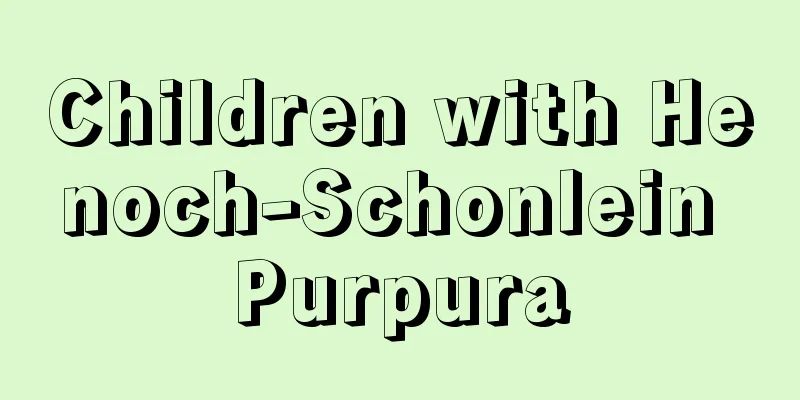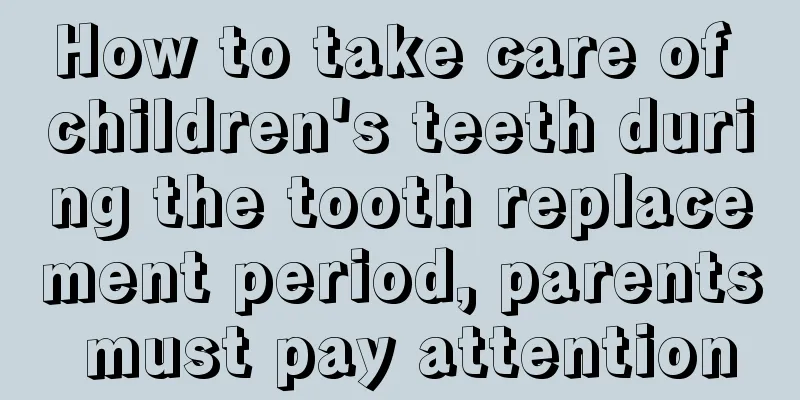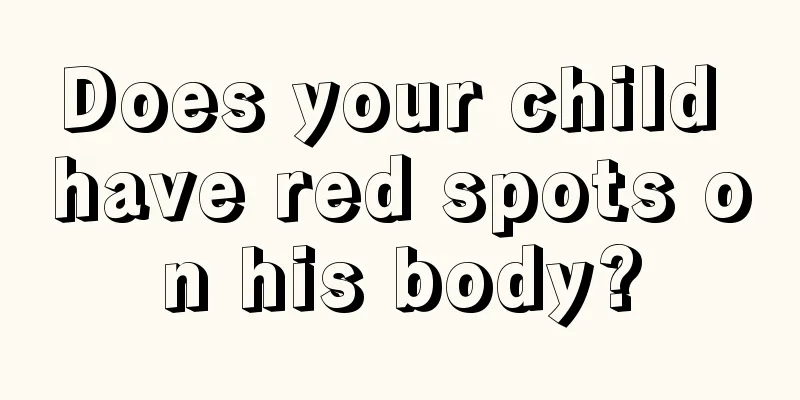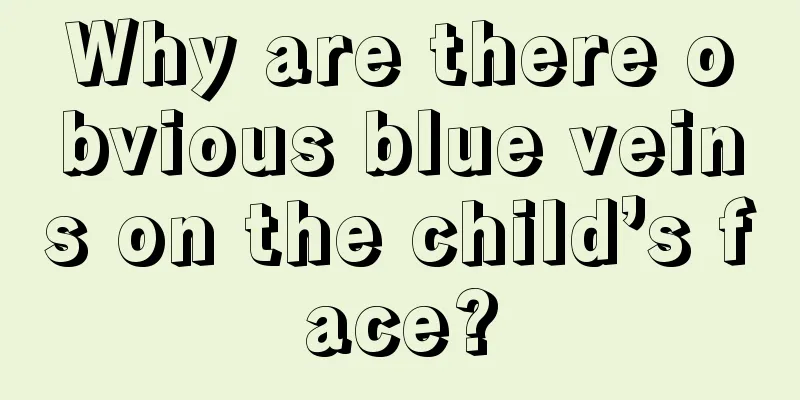Children with Henoch-Schonlein Purpura

|
Allergic purpura is a very common skin disease. Allergic purpura usually causes the patient's skin to develop many spots due to light touch or after infection with allergens. There may even be urticaria-like rashes that may disappear in a short time and become more and more serious. Severe patients may also have kidney failure and need early treatment. Baby allergic purpura Basic Overview of Henoch-Schonlein Purpura There is often a history of upper respiratory tract infection 1 to 3 weeks before onset. It manifests as skin petechiae, which mostly appear around the joints of the lower limbs and buttocks. Purpura is symmetrically distributed, appears in batches, varies in size, and varies in color. It can merge into pieces and generally disappears gradually within a few days, but can recur. Patients may have gastrointestinal symptoms, such as paroxysmal abdominal colic or persistent dull pain; they may have joint pain; kidney symptoms, such as proteinuria and hematuria, are more common in children. Treatment includes trying to find the cause of the allergy and avoiding it; using antihistamines such as diphenhydramine, promethazine, anhydride, chlorpheniramine, etc. and corticosteroids, etc. Clinical manifestations of Henoch-Schonlein purpuraGo Top It is common in children aged 3 to 10 years old, and begins with purpura of the skin and mucous membranes, accompanied by fever, headache, malaise and loss of appetite. Occasionally, abdominal colic or joint pain is the main symptom. The earliest cutaneous manifestation is an urticarial rash of small, scattered petechial spots that generally become hemorrhagic within a day. It often occurs on the extensor side of the limbs and buttocks and is symmetrical. Renal damage occurs in approximately 50% of cases, ranging from mild nephritis to severe renal failure. Principles of treatment of Henoch-Schonlein purpuraGo Top 1. Try to eliminate the allergenic factors. 2. For simple cases, compound rutin, calcium supplements, vitamin C, and antihistamine preparations can be used. 3. Corticosteroids can be used for fever and arthritis, but they cannot prevent kidney invasion. Immunosuppressants can be added for patients with stubborn chronic nephritis. 4. Traditional Chinese Medicine: Treat based on syndrome differentiation and clinical symptoms of the disease. Drugs for the treatment of Henoch-Schonlein purpuraGo Top 1. Anti-allergic drugs: Astemizole, Chlorpheniramine, and calcium gluconate. 2. Drugs that reduce vascular permeability: Anluoxue, rutin, and vitamin C. 3. Platelet aggregation inhibitor: Dipansentin. 4. Adrenal cortical hormones: hydrocortisone, prednisone (prednisone), and dexamethasone. 5. For patients with renal type or those who do not respond well to prednisone, immunosuppressants (such as cyclophosphamide, azathioprine and other chemotherapy drugs) are also used. |
<<: What to do if your child has convulsions
Recommend
How to make your baby love eating
I believe that many mothers always have a headach...
What is the disease of a 2-year-old child with fever and convulsions?
Children are very susceptible to bacterial infect...
What are the symptoms of rhinitis in children? These manifestations are the most common!
Children are very prone to rhinitis. For example,...
What to do if your 9 month old baby has a low fever
At the nine-month stage, the baby's body resi...
Symptoms of hemangioma in children
Hemangioma is a very common disease. There are ma...
Black spots on the child's face
Generally, children have very good skin, which lo...
What to do if your child has a stomachache and vomits
Stomach pain is common in children, but it is oft...
What to do if your baby gets prickly heat
The hot summer is a good time to travel, but the ...
Iron deficiency anemia in children
During the growth of children, supplementing the ...
What causes a child’s tongue to have thick white coating? The reasons are many and complex
Some babies' tongue coating looks white and i...
What to do if your child has a stuffy nose
It is definitely troublesome for parents if their...
What is the problem when babies start drooling?
Babies are a special group that we pay attention ...
What is missing from my child’s rough skin? What’s going on?
In my opinion, babies' skin is generally smoo...
What supplements can help children grow taller?
Of course parents hope that their children can gr...
The psychology of three-year-old children
Raising a child is a very complicated matter, so ...









